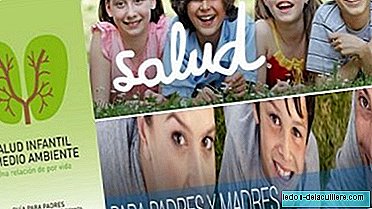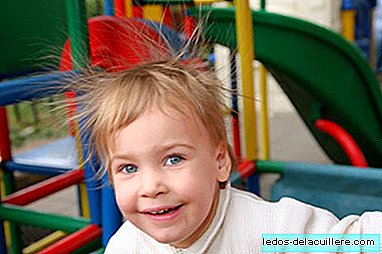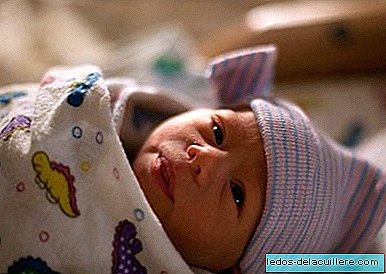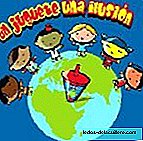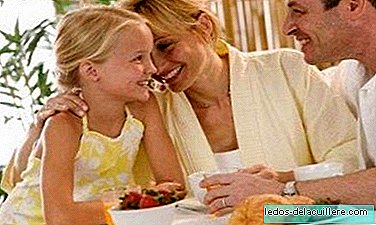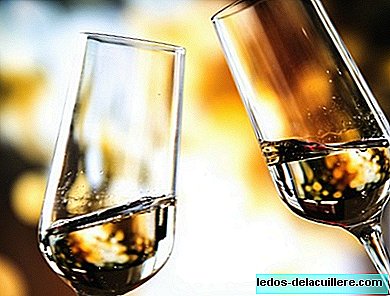A week ago the Carrefour supermarket chain blew up all the alarms when it issued a statement informing that it stopped selling this type of fish in all its supermarkets alleging environmental reasons. The question we now ask ourselves is whether or not its consumption is safe.
What is the panga?
Its scientific name is Pangasius hypophthalmus, it is a fish of the so-called "white", of fresh water and that can get to measure near the meter and a half and weigh around 45 kilos. Its original habitat is the Mekong and Chao Phraya rivers, although it is now widespread throughout Southeast Asia, mainly Thailand and Vietnam, which is the main exporter of this fish with 90% of the market share worldwide.
The controversy

We can say that since this fish entered the western markets it has not escaped the controversy, mainly due to the farming methods carried out in the countries of origin. These intensive methods have caused great damage to the rivers and their surroundings, seriously compromising the environment.
It is produced intensively in delimited areas where they are quickly fattened based on fishmeal, soy, cassava and vitamins. This production method has all the disadvantages associated with intensive systems, but in this case they are even more serious and more numerous due to the lack of controls.
In 2010 the OCU analyzed several samples of this fish by finding traces of pesticides and heavy metals (mercury) in them. Today the same uncertainties have been resurrected and the answers remain the same: pesticide trifluralin found in the samples It is banned in Europe, not because some evidence has been found to affect human beings in the short term but for its potential effects on the environment, that is, there is no scientific evidence that the intake of this pesticide is dangerous, another thing is how comfortable or calm we feel.
Refering to presence of heavy metals, its content remains within the limits considered insurance by the Spanish Agency for Food Safety and Nutrition (AECOSAN), which has issued an official statement stating that the consumption of panga, as well as that of any other type of fish imported by our country is safe and that it maintains the relevant sanitary controls. The Spanish Food Safety Agency (AESAN) also published its own press release.
Why is this fish so present on our table?

Spain is the first importer of panga in the European Community, more than 30,000 tons per year. Its consumption skyrocketed at the beginning of the economic crisis and has not stopped growing since then. Why? Well, for two main factors: It is a very cheap fish, a kilo of panga costs less than half that of hake and is presented in a way that It is very easy to manipulate when cooking and when do not wear thorns It makes it one of the favorites at mealtime, hence where it has increased its consumption is in nursing homes, hospitals and school canteens.
However and according to sources Department of agriculture It is not the fish that is most consumed in our country, especially if we talk about fresh or chilled fish, in which it does not even appear significantly, but not in the case of frozen fish that appears in third place.


A cheap but very low quality fish
We have already talked about the advantages of panga, cheap, easy to eat, easy to cook and its mild flavor makes it easier to eat for those who do not like fish. But not all are advantages and is that the panga is a fish of very low quality compared to the average of species that can be found in fishmongers, thus its content in Omega 3, (essential fatty acid present in fish fat) It is very low as is its protein content.
If we compare the panga with the hake we have to:
The content in Omega 3 of Hake is almost double that of the panga, 18.7 grams per house 100g of fish versus 8.8 grams per 100 grams of panga.
The protein content is almost triple, 190 milligrams in 100 grams of product compared to 76 milligrams of the perch.
For a fish to have a high nutritional value in reference to essential fatty acids, the value between omega 3 fatty acid and Omega 6 fatty acid must be around 5, the value of panga is 0.8. Other common heavy indices in our supermarkets are: sardine (5,0), sole (5.1), monkfish (6.6), cod (7.54), mackerel (8.2).
Thus, we see that fish of similar price to that of the panga, such as mackerel, have a much higher nutritional value.
Contamination by mercury and other heavy metals in fish
The presence of heavy metals, especially mercury, in the fish meat we eat is mainly due to the contamination of water by heavy industry. This means that despite certain limits in which the intake of this type of meat is safe, the legal limit is 0.5 mg / kgWe must take into account that there are certain fish that we should reduce their intake a couple of times a month, some examples are: tuna, salmon or swordfish.
In the case of the panga, the recommendations for children and pregnant women are once every fifteen days and in adults, once a week.
Ok, so I stop eating fish and move on to Omega 3 supplements

NeitherIf you have decided to eliminate the fish from your diet or that of your children, either because of the contaminants, or because you disagree with the methods of breeding or for whatever reason, it is best that look for other more natural, better and especially cheap alternatives to cover your needs and those of the rest of the family members, to others that it is not proven that it is the same to take supplements than natural foods that contain this type of fat, for example natural sources of Omega 3 are vegetable seeds, especially flax (22%) and chia (4%), nuts such as nuts, inchi or Inca peanuts or cereals and pseudocereals such as oats or quinoa or eggs.
We can also find this type of fatty acids in fish oils but remember that are advised against for pregnant women due to its high percentage of vitamin A.
Fountains | oil jelly beans, qcom.es, Ministry of Agriculture and Fisheries, 20minutes


